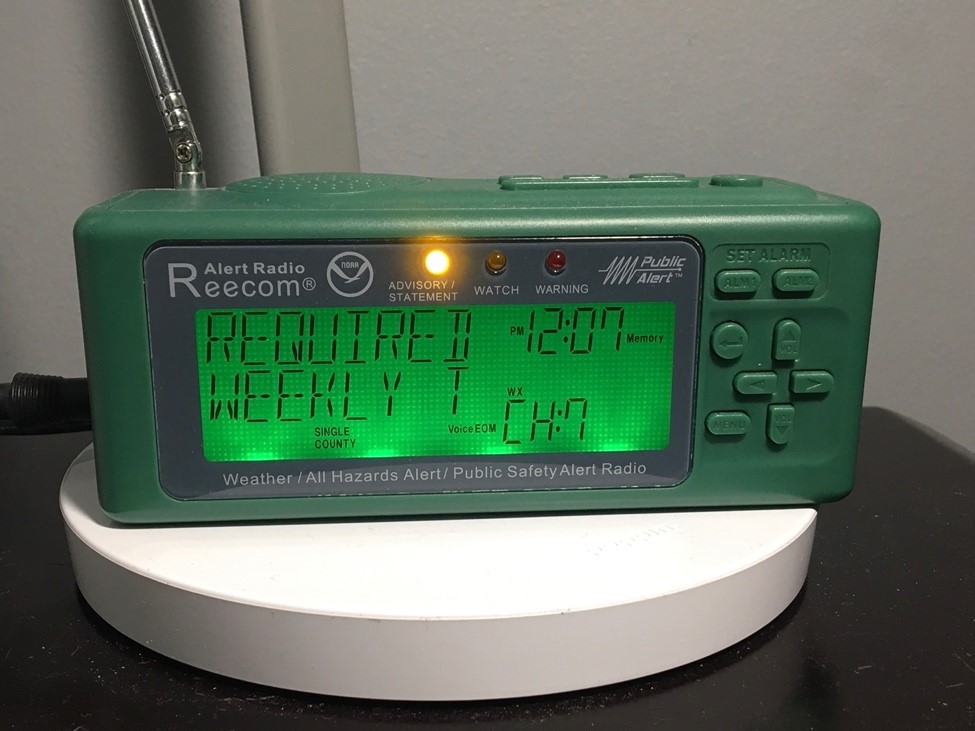The Youth Preparedness Council brings together youth leaders interested in supporting disaster preparedness and making a difference in their communities. In this post, Youth Preparedness Council member Jordan Lin, a high school senior from Georgia, shares his perspective on why investing in preparedness is so important.
I’ll be honest: Sometimes I can’t help but ask, “Why do I have this second weather radio when, the majority of its life, it sits on my nightstand, blinking every Wednesday at 11:30 for the weekly test?” It does make a rather fine collector’s item, but besides the fact it can wake me up at night and I can use it as my clock, I sometimes question whether the expense was worth it.

Perhaps even worse, when “low battery” popped up on the keypad display of my home’s fire alarm system over Christmas break, I pushed the task of replacing the battery to the back of my mind. It only occurred to me to replace it last week when a short power outage made the entire system go dead.
While these incidents may seem rather trivial, I believe they strongly reflect our tendency to wait until the last minute, or even afterwards, to prepare ourselves for a disaster.
Preparation is not an easy task — having to take time to research relevant disasters in your area, create a plan, stock up on supplies, follow up with the emergency plans at least once a year or more — it can all seem rather daunting. On top of that, we make these plans assuming there’s some dangerous and uncertain event in the future. If we’re preparing for something we don’t know is going to happen, it’s easy to wonder: is there is a point to it?
Yet, there will be times where it is obvious that preparedness paid off. It matters that we are ready to spring into action when the time comes.
Perhaps it’s best to think of preparedness as an investment. As with any investment, preparedness is not something you come up with in a day.
It takes time and effort to craft a sufficient preparedness plan that will become useful when the time calls for it. Ultimately, the investment put in beforehand will dictate survival in a catastrophe. Not only should this investment involve yourself or your family, but also your workplace, school and community.
Involving youth in this investment should not be overlooked. These opportunities not only help us to engage in a meaningful activity, but also inspire initiatives to set up resilient communities for the future we will live in. It teaches us the importance of being prepared for unanticipated disasters both on personal and communal levels.
My work the last two years of the Youth Preparedness Council has helped me to understand the extent of the work that goes to community disaster preparedness. This experience has provided opportunities for me to draft programs for public engagement, engage with a diverse group of youth to exchange ideas, and meet with field experts and community members to receive and provide feedback.
I have high expectations about how preparedness will look in the future — such as increasing the use of internationally recognized symbols to assist in preparedness, and response efforts for those who don’t speak English as their first language. Many of my fellow council members will have their own unique and impactful ideas.
Continued involvement in preparedness from as many as people as possible, including youth, increases a community’s ability to respond to disasters successfully. There is no time to waste.
For more information on the Youth Preparedness Council and how to apply, visit Ready.gov/kids/youth-preparedness-council.

